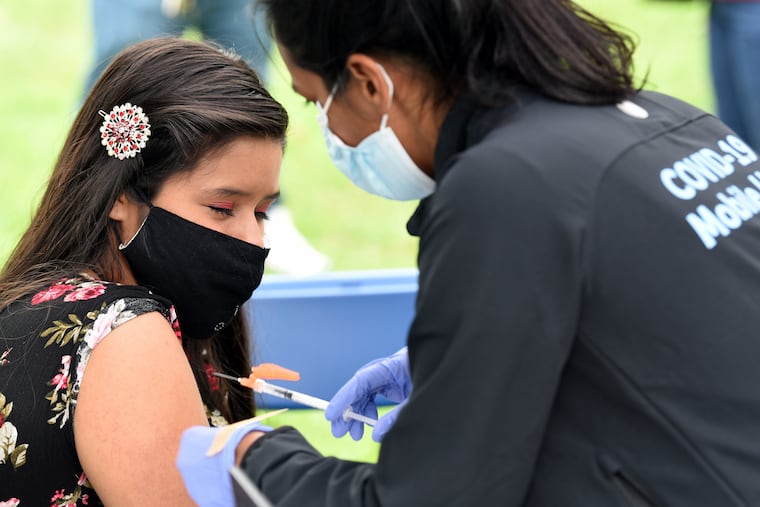Pa. COVID-19 hospitalizations are at their highest level since January, with spikes in central and western regions
The Southeastern counties have the lowest case and hospitalization numbers in the state, though they're increasing here, too. The rise is still due to the delta variant.
